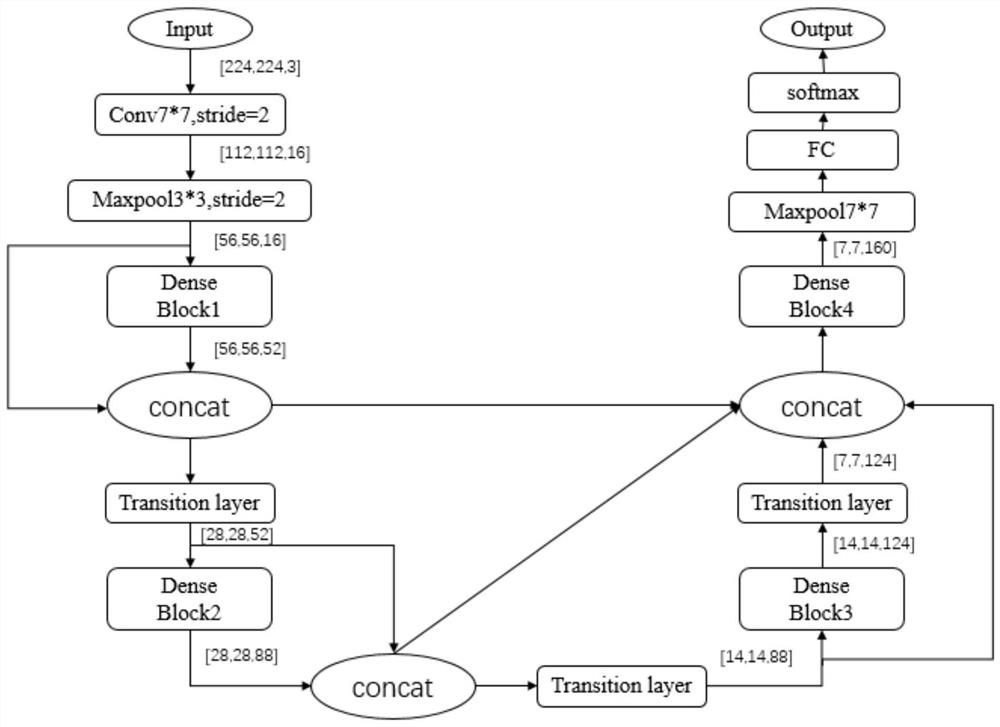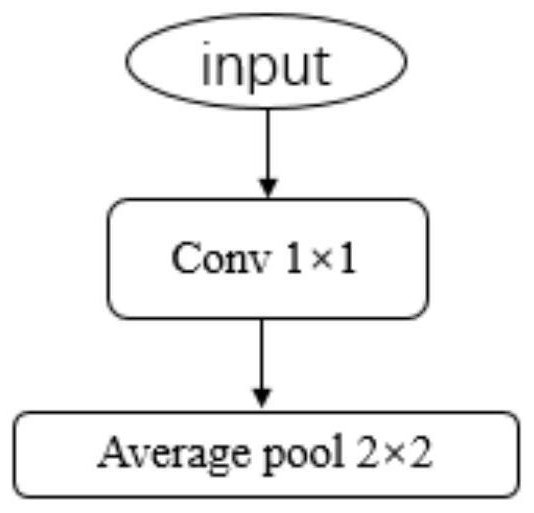A method for Parkinson's disease classification and lesion area labeling in MRI images
A Parkinson's disease and image technology, applied in the field of medical images of computer vision, can solve the problems of inaccurate lesion area and poor classification results, and achieve the effects of improving training efficiency, reducing dimensions, and reducing gradient disappearance.
- Summary
- Abstract
- Description
- Claims
- Application Information
AI Technical Summary
Problems solved by technology
Method used
Image
Examples
Embodiment Construction
[0044] Specific examples of the present invention are given below to further illustrate the present invention.
[0045] S1: Download the medical image dataset, extract 1557 PD (Parkinson's disease) images, 543 Control (normal) images, and 193 Prodromal (latency) images according to the label documents.
[0046] S2: Preprocess the MRI images. For images that do not meet the resolution, use the cubic interpolation method and average pooling to perform upsampling and downsampling respectively, and then obtain the training set and save it in tfrecord format.
[0047] Downsampling uses the average pooling method, that is, only averages the feature points in the neighborhood. The formula is:
[0048] alpha i ∈{0,1},
[0049]
[0050]
[0051] Upsampling uses cubic interpolation.
[0052] S3: Construct classification module, such as figure 1 shown. The input is a tensor of [224,224,3], through the first convolutional layer (conv), the convolution kernel size is 7*7, and th...
PUM
 Login to View More
Login to View More Abstract
Description
Claims
Application Information
 Login to View More
Login to View More - R&D
- Intellectual Property
- Life Sciences
- Materials
- Tech Scout
- Unparalleled Data Quality
- Higher Quality Content
- 60% Fewer Hallucinations
Browse by: Latest US Patents, China's latest patents, Technical Efficacy Thesaurus, Application Domain, Technology Topic, Popular Technical Reports.
© 2025 PatSnap. All rights reserved.Legal|Privacy policy|Modern Slavery Act Transparency Statement|Sitemap|About US| Contact US: help@patsnap.com



